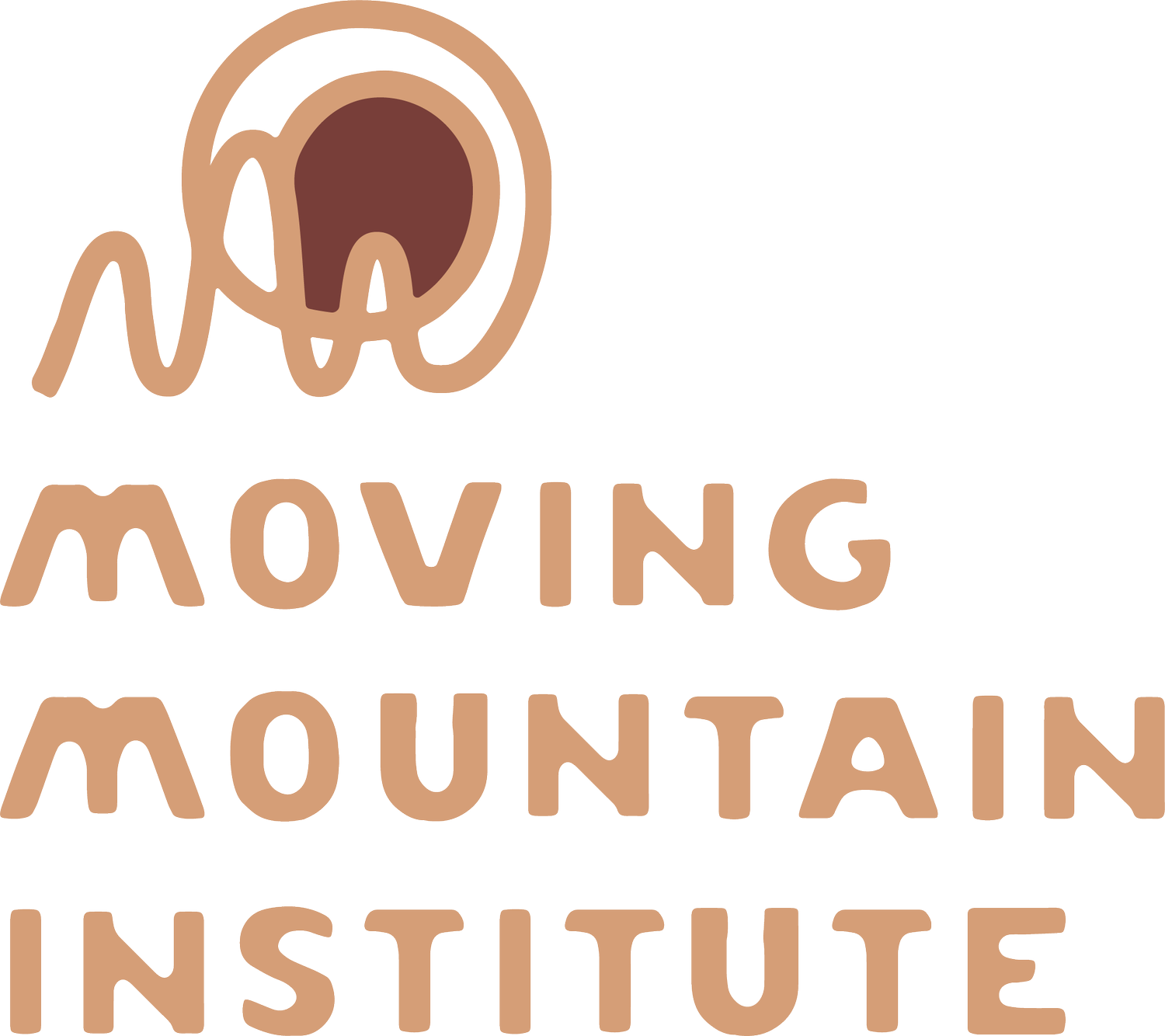Waxing Poetic after Seeing New Images of the Thoracolumbar Aponeurosis
/Greetings All!
I’ve been wanting to share this web article since I found it a couple weeks ago. The images are incredible – please go look now before reading any further – you can find them here.
Okay, now we are all on the same page, let’s talk about what we are seeing (footnote, I can barely read the text because I find the images so compelling :). It’s a map! It’s map that correlates beautifully to what I have felt following the myofascial strain patterns of thousands of patients since I first started practicing myofascial release about 15 years ago.
Fifteen years ago John Barnes taught me a simple hold that releases the thoracolumbar fascia. I have followed that one hold into a multiverse of fascial patterns. I trusted my felt sense and my patients’ insightful and honest feedback slowly, over many years began to build my understanding. As I gained courage, I approached the anatomy with curiosity.
I started with basic images of the thoracolumbar fascia.
Like this one:
I imagined fascial properties into the picture based on what I’d learned from study and felt when working with bodies. The map began building itself.
If you read the beginning of the text that accompanies the images the author presents such an essential distinction about anatomy perspective. Key point: anatomy is a perspective not an objective reality. It’s art. All art begins with a gaze. Such is the case with anatomy. What’s the gaze?
Our culture is still in the process of constructing a reliable anatomy from the perspective of how the body experiences itself, but it’s what we should look for if we are interested in helping patients with their experience of their beautiful bodies (I know I need so much help understanding mine!).
The author speaks about looking to anatomy to understand how loads transfer through the body. I like that. It’s still a bit mechanical (and, of course, the body is not machine, so we must be cautious about our metaphors) however, it points us in a good direction. If we exchange “load” for “energy” we are more coherent with language that reflects nature’s embodiment of energies.
The pictures show pathways by which the body moves energies in harmonious and disharmonious movement. Those energies may derive from our physicality or they may derive from our thinking-feeling being (Reminds me of Eduardo Galeano’s prose poem about sentipensante, thinking-feeling, language that speaks the truth), and most likely a complex interaction of both and more.
The beautiful thing is that we don’t have to distinguish, just follow the map. The images show relationship, lines representing movement and connection and exchange. Yay! If we approach the body with listening hands we can follow this map and find the places where the energies are getting stuck and wanting expression. If we learn the map we can listen intelligibly, we can serve as both medium for the patient to engage with and understand their thinking-feeling-experiencing body and also as a sort of translator between body and patient. We become facilitators and witnesses. Hands, map, presence, curiosity, all merge into the moment of contact and we follow these beautiful bodies…
In our current cultural landscape, a language of touch that is rooted in curiosity and receptivity and not authority is so important. I have to come to believe that the body consciousness can feel our touch language and responds from its own awareness, independent of mind. Cognitive psychologists have been well aware for some time that most communication occurs non-verbally, facial expression, body language, vocal fluctuation, etc... We can cultivate our own touch to communicate something elemental to our patients - that their experience in body, in that moment of contact, is the most important thing happening, and we are curious about it. I have come to feel that this transcends diagnosis and treatment plans. Rather, it is the work.
If you’re interested in learning more about this language and specifically these two maps, come study with us in a couple weeks! It’s fun and inspiring and practice-changing.





